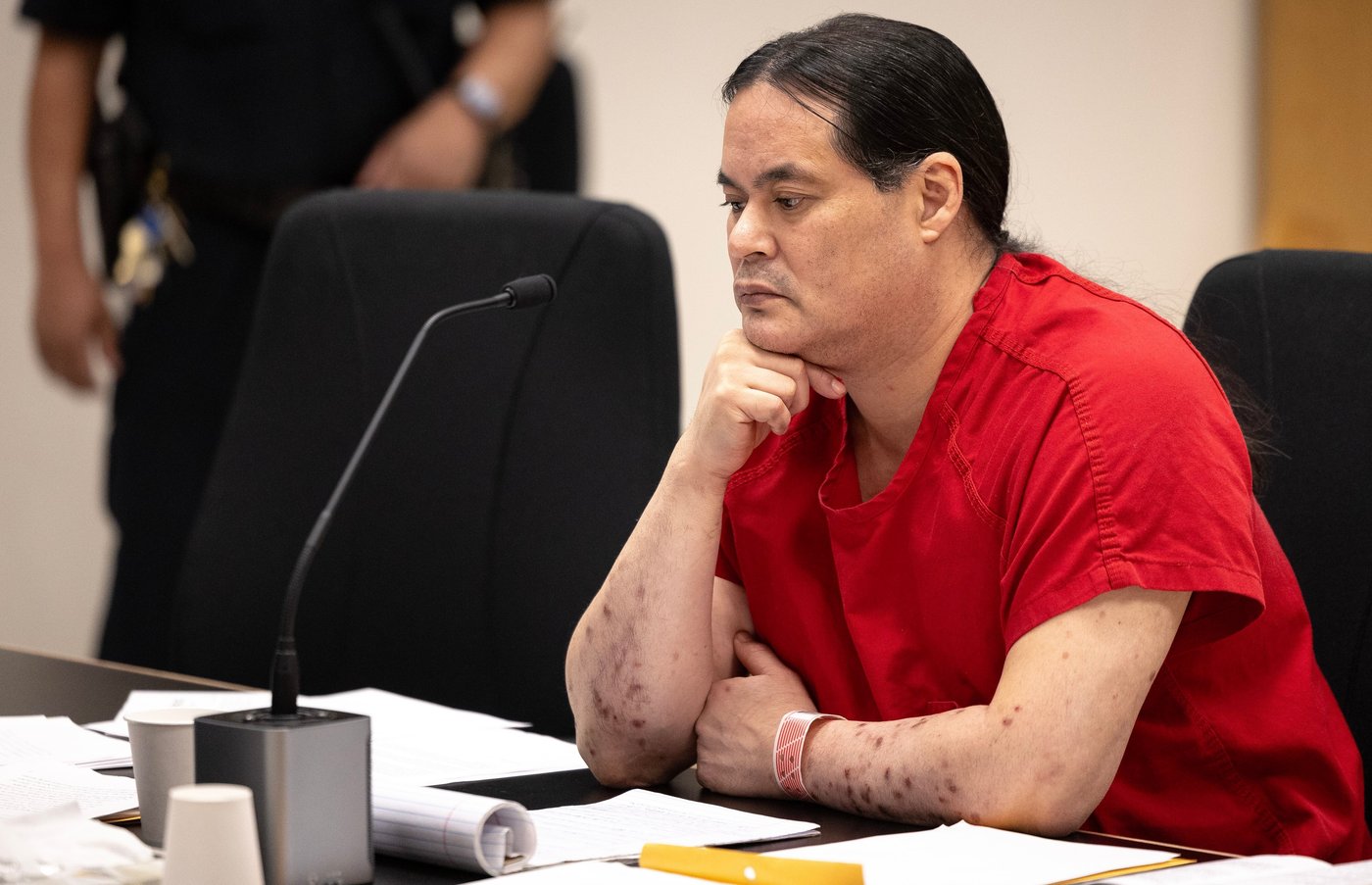$31M from feds will do little to deal with Kelowna's housing affordability crisis
As the first BC city to get money out of the federal Housing Accelerator Fund, Kelowna is ahead of the others in its efforts to get more desperately needed housing built faster.
But the $31.6 million granted by the feds in late October will do very little to help those most in need of an affordable place to live.
In fact, only 5.6% of the housing the city will try to get built over the next three years will be classified as affordable despite the fact that a report to council in September said 25% of new housing stock had to be affordable (defined as costing less than 30% of gross income).
READ MORE: City of Kelowna has pleasant task of figuring out what to do with $31.5 million in free money
“That (September Housing Needs Assessment) certainly identifies a really, massive need for affordable housing,” James Moore, the city’s infill and housing policy manager, told iNFOnews.ca. “That’s a long-term objective that we know we need to achieve and we’re preparing a housing strategy right now for how we might do that.
“The accelerator fund might provide some examples of how that can be done and how we can achieve some of those gains but it will be a broader conversation needed to bridge that gap of 25% than what’s needed to deliver the relatively short term commitment to the Housing Accelerator Fund.”
The federal money is designed to help get 950 more homes built than the expected 6,480 that are forecast to reach the building permit stage in Kelowna over the next three years.
Out of all those new homes, only 416 are expected to be affordable. That's an average of 139 a year where 450 to 640 a year are needed.
“To make sure we can deliver something within three years we have to have a more modest expectation of what we can get in the ground – to get permitted in three years – given the timelines for financing, development planning and project planning that it takes to bring an affordable housing project to realization.”
Often such housing is built in conjunction with non-profits and BC Housing, and is sometimes on city-owned land. That’s a process that takes many years to achieve so will only be very small part of the federally assisted program.
Which doesn’t mean that Moore doesn’t recognize the urgent need to get moving quickly on the crucial affordability file as Kelowna continues to have the highest housing costs in the Interior of BC.
“The broader goal of aiming for 25% at below market rates is going to take very significant shifts and structural changes that will require collaboration across sectors and it’s going to take a really concerted effort over the long term before we get there,” Moore said.
In order to reach that 25% target over the next 10 to 20 years the city, first of all, needs to put a strategic plan in place. Work has started on that plan and Moore hopes take it to city council in the second quarter of 2024. That doesn’t mean steps to improve affordability have to wait until then.
“We’re not going to prevent really great ideas from going forward before then,” Moore said. “I think you will see some significant housing recommendations from staff within the first two quarters of 2024.”
The reality is that real change on the affordability front is still years away.
“We don’t yet know the answer to how we’re going to get 25%,” Moore said. “That’s a question the entire housing sector has to ask itself and we have to figure out new ways of doing things if we’re going to achieve that target. That’s why that is going to be a longer conversation, a longer term approach.”
To contact a reporter for this story, email Rob Munro or call 250-808-0143 or email the editor. You can also submit photos, videos or news tips to the newsroom and be entered to win a monthly prize draw.
We welcome your comments and opinions on our stories but play nice. We won't censor or delete comments unless they contain off-topic statements or links, unnecessary vulgarity, false facts, spam or obviously fake profiles. If you have any concerns about what you see in comments, email the editor in the link above. SUBSCRIBE to our awesome newsletter here.




